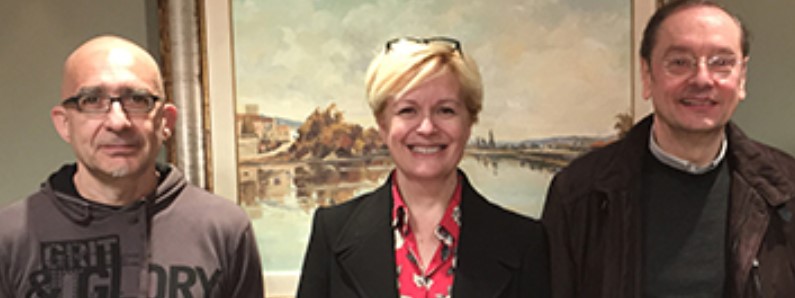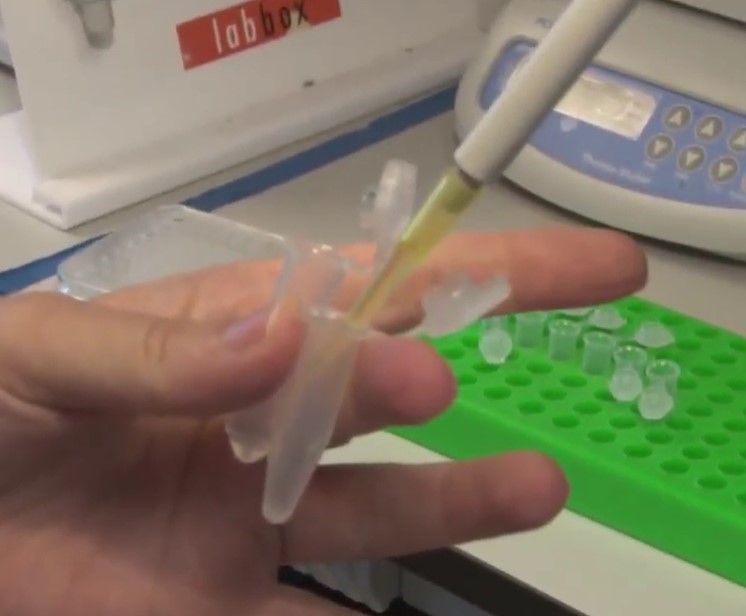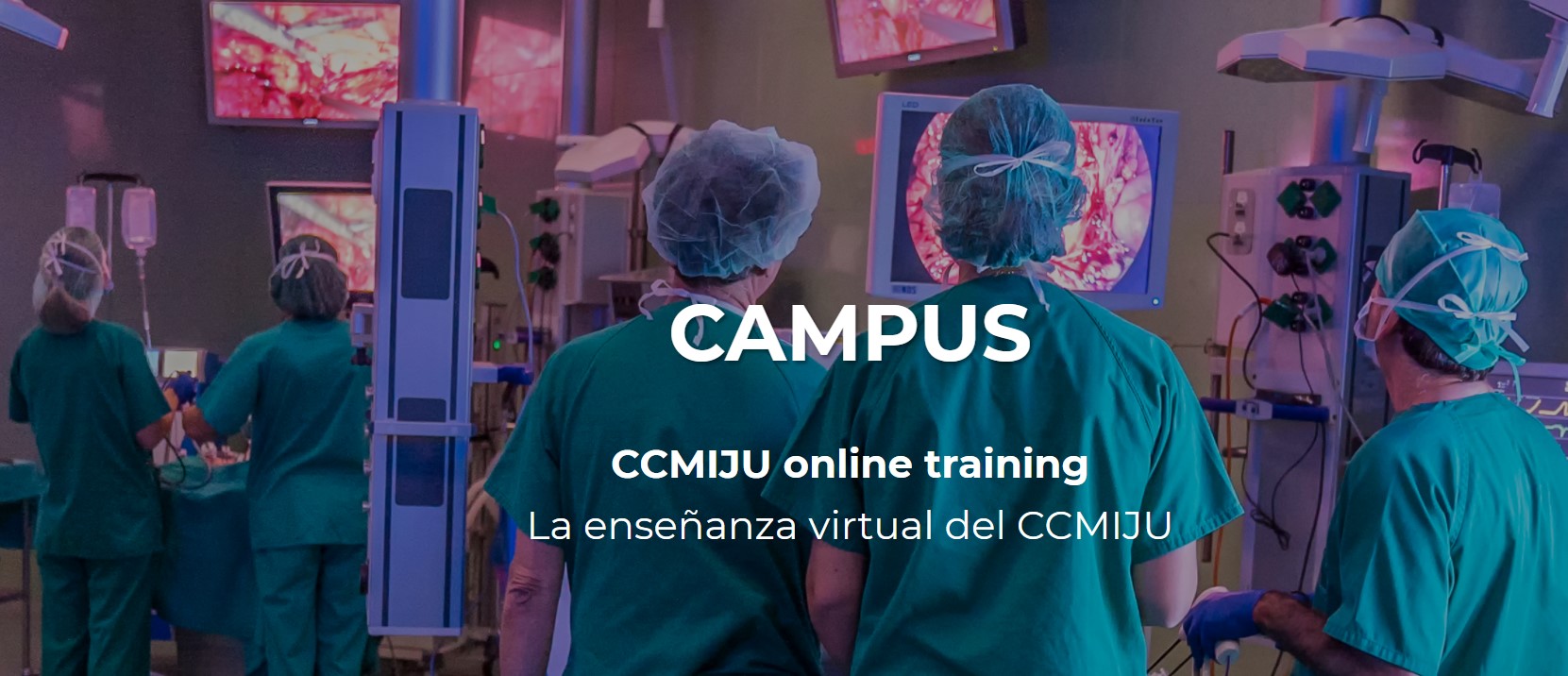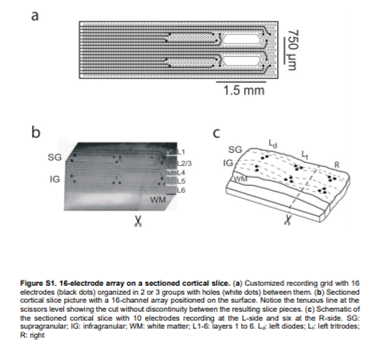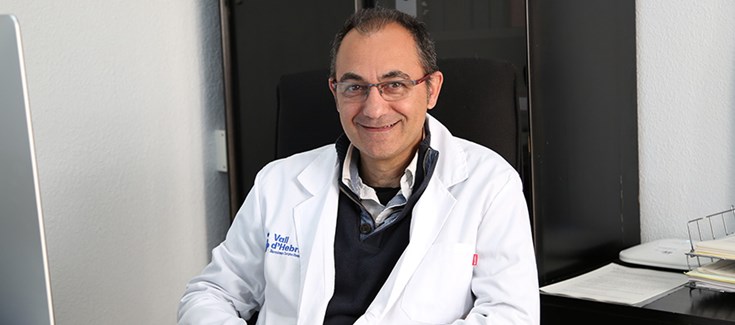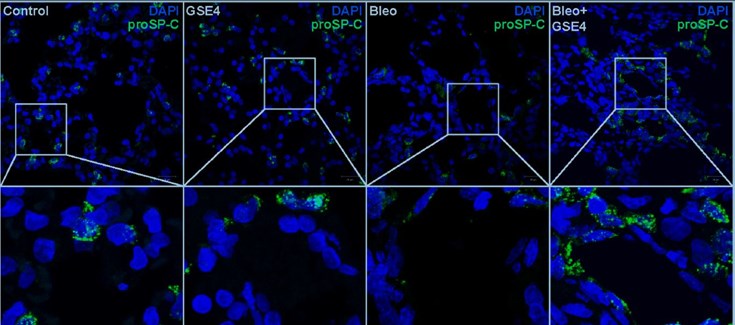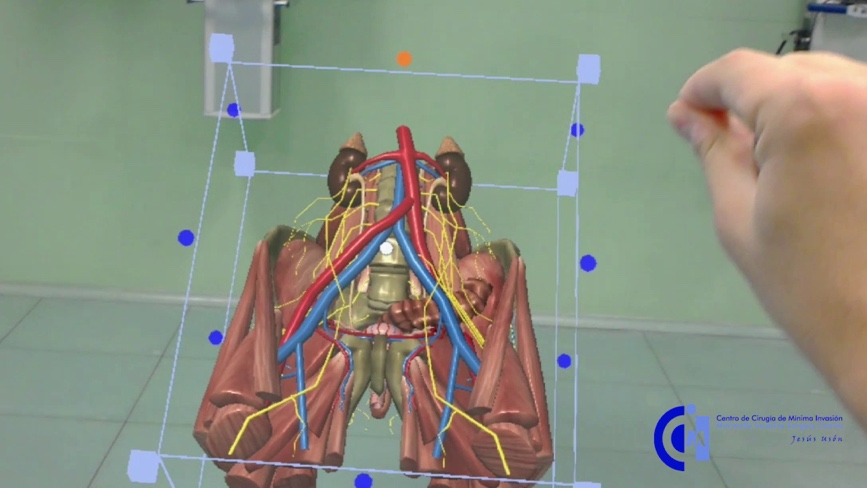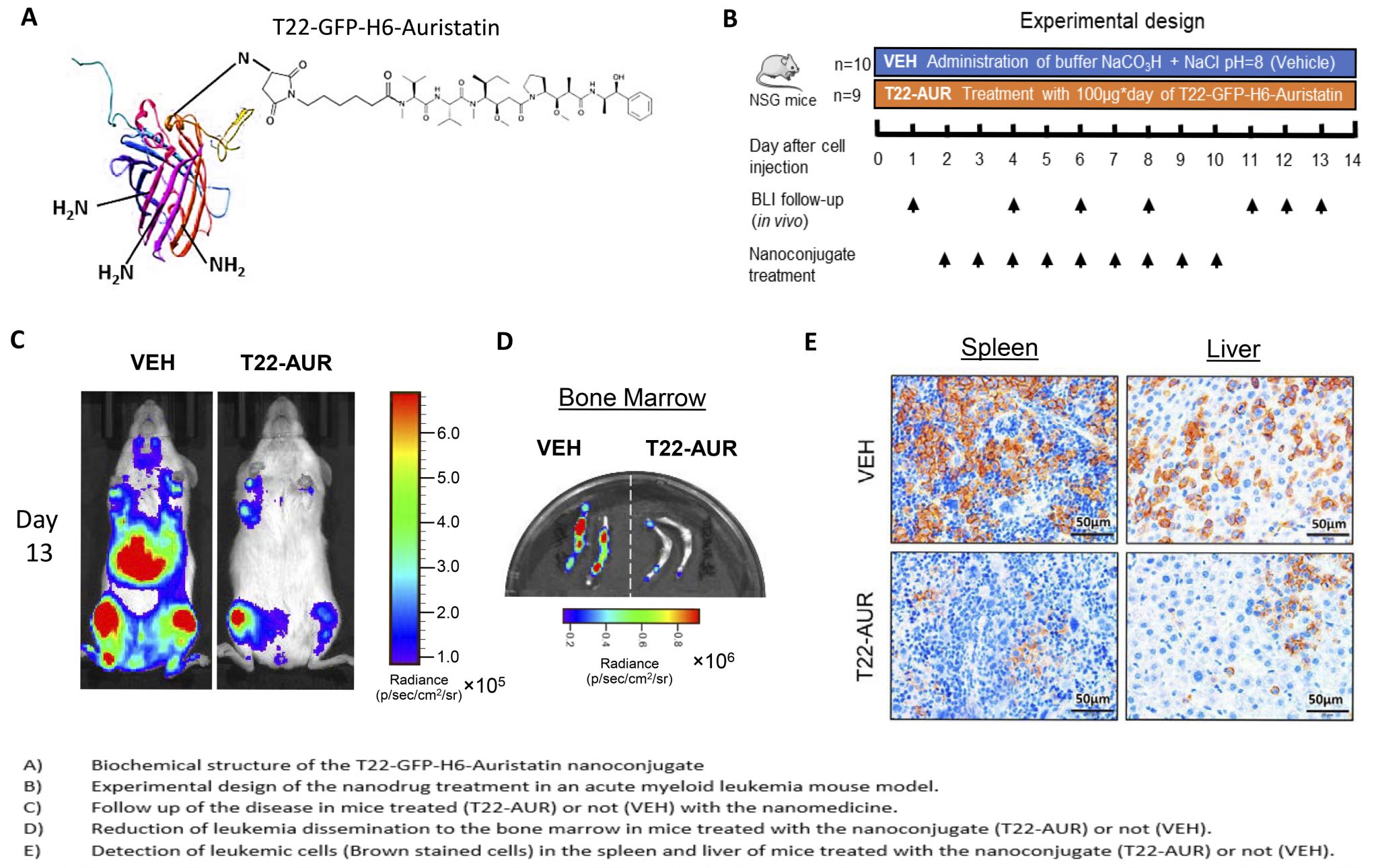Development of a protein-only drug delivery system for sustained release
The Nanotoxicology Unit of CIBER-BBN ICTS NANBIOSIS (u18-nanotoxicology-unit), led by Ramon Mangues at the Research Institute of the Hospital de Sant Pau and the NABIOSIS (nanbiosis.es)Protein Production Platform (u1-protein-production-platform-ppp) led by Antonio Villaverde and Neus Ferrer Miralles of the Institute of Biotechnology and Biomedicine at the Autonomous University of Barcelona, have participated in the development of a novel drug delivery system able to achieve sustained release of proteins with intrinsic antitumor activity. This delivery system consists on inclusion bacterial bodies formed by recombinant fusion proteins that precipitate while being expressed in bacteria, acquiring an amyloid structure, but remaining functional. Thus, these amyloids are able to release protein monomers that generate soluble nanoparticles that selectively internalize within target cancer cells because of the incorporation ion the protein nanoparticles of a specific ligand that interacts with a surface receptor expressed in target cancer cells.
On this basis, we have subcutaneously administered inclusion bodies containing cytotoxic nanoparticles that incorporate the Pseudomonas aeruginosa Exotoxin (PE24), to demonstrate their capacity of sustained release since they reach cancer tissues through the blood to selectively killing target colorectal (CRC) cancer cells. This cancer specific targeting occurs because the released protein is functionalized with the peptidic ligand T22 for the CXCR4 receptor (overexpress in CRC cells). In addition, we have evaluated their anticancer effect in the different localization where metastatic foci growth in a colorectal cancer (CRC) model. The administration, in these models of 500 micrograms of T22-PE24 amyloids, induces a potent inhibition of primary tumor growth and a dramatic reduction, both in number and size, of the metastases in lymph nodes, liver, lung and peritoneum, an effect that is achieved, in the absence of systemic toxicity.
One of the main applications of these functional amyloid structures could be their use by subcutaneously injectable drug depots that could release the active protein drug at sustained levels, during a long time (weeks or months). This may change the way that current protein-based drugs (e.g. antibodies targeting specific receptors) are administered, since this approach will allow to dosage the drug only once every 2-3 weeks or a month, avoiding the current intravenous injection schedule, which is 2-3 times a week. When applied to targeted drugs, as the one here described, which demonstrate high efficacy with low adverse effects, could establish a novel approach to treat cancer patients by visits of sanitary personnel at their home, avoiding the need of their hospitalization, which is required when receiving intravenous injections; and therefore, dramatically reducing the cost of patient treatment for the health system.
Reference:
Céspedes MV, Cano-Garrido O, Álamo P, Sala R, Gallardo A, Serna N, Falgàs A, Voltà-Durán E, Casanova I, Sánchez-Chardi A, López-Laguna H, Sánchez-García L, Sánchez JM, Unzueta U, Vázquez E, Mangues R, Villaverde A. Engineering Secretory Amyloids for Remote and Highly Selective Destruction of Metastatic Foci. Advanced materials. 2020. https://doi.org/10.1002/adma.201907348
